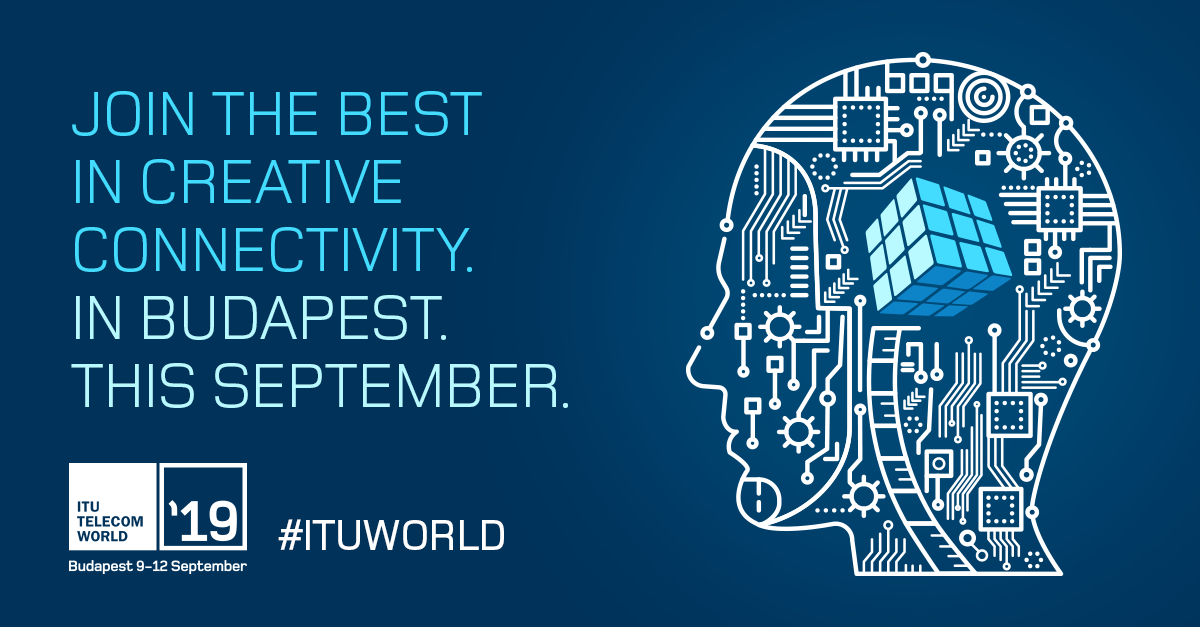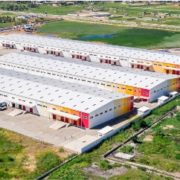What’s the difference between connectivity and connectivity that matters? How can technological innovation increase the well-being of people throughout the world – including the very poorest without access to running water, electricity or education? And why is international collaboration the kingpin of development?
These are some of the questions raised by the theme of this year’s ITU Telecom World, four days of exhibition, conference and networking organized by the UN agency for technology, ITU. The event offers a unique platform to bring together the right stakeholders from government and industry, emerging and developed markets to address fundamental tech-related issues – and work together to ensure meaningful technology improves lives everywhere.
Connectivity is key
Connectivity is the key to social and economic development throughout the world. Whether fixed, mobile or hybrid, broadband networks kick-start growth, producing a direct, positive and measurable impact on economies. Broadband improves efficiency, communications and the circulation of goods and services, creating new markets, innovations and access to the knowledge economy. And it has the power to benefit lives across almost every sector of industry or society, from education to health, agriculture, transport, logistics, government, entertainment and beyond.
The ITU is committed to connecting all the world’s people, wherever they live and whatever their means. The ICT sector is working towards an ambitious long-term goal of connecting the next 1.5 billion citizens by 2020. This will require enormous investment in networks and other infrastructure, of course, as well as – critically – significant political commitment. And this is where innovation has such an important role to play.
Innovation throughout the ecosystem
Innovation in connectivity solutions, including hybrid technologies mixing fixed, wireless, satellite networks such as high throughput (HTS), non-GSO and High Altitude Platform Satellites (HAPS) as well as drones and balloons. But also innovation in financing and deployment, which might include new cross-sector partnerships, new regulatory approaches and new funding mechanisms, whether with international or developmental banks, private sector stakeholders or government initiatives in taxation, licencing, spectrum and the application of Universal Service Funds.
Given the indisputably central role of government in driving connectivity, innovation in the public sector is paramount, be it direct government subsidies and programmes, new alignments between and across ministries, or incentives aimed at creating a positive investment environment. With the advent of 5G and the growth of smart solutions based on the Internet of Things, finding new models to grow access to broadband is essential – along with the political will to implement those models.
Connectivity that matters
Connectivity alone, however, is not enough. According to recent estimates, around 80% of the world’s population is covered by at least 2G or 3G services – yet adoption remains at barely 50%. Infrastructure needs to be accompanied by affordable services and equipment, and by a range of demand-side measures. What use is there, after all, in offering connectivity if no one knows it is there, or how to use it? Or if no one can understand the language it is in, or see the point in using the services and applications it offers?
So connectivity needs to matter: to be relevant, fit-for-purpose, interoperable and affordable. This means local content in local languages appropriate for local contexts. It means creating awareness of the potential it offers, and then training and educating people to be able to use and benefit from it, perhaps then to add to and increase it. Because digital literacy and digital skills are crucial for connectivity to be meaningful.
International collaboration –international inspiration
Exploring the innovations in technology, policy and strategy driving meaningful connectivity – and the international and inter-sectoral collaboration needed to make it happen – is at the heart of ITU Telecom World 2019.Held at HungExpo in Budapest, Hungary, from 9 – 12 September, the event will feature an international exhibition of tech solutions and projects, a world-class forum of interactive, expert-led debates, a networking programme connecting organizations, nations, individuals and ideas, and an acclaimed Awards Programme recognizing innovative tech-based solutions with real social impact.
Hungary’s position as an important regional commercial hub in the centre of Europe and its long tradition of technological creativity make Budapest the ideal venue to host tech experts and leaders from public and private sectors around the world. And ITU’s key role in allocating spectrum, establishing international consensus on industry standards, and supporting the critical role of ICTs in meeting the UN’s Sustainable Development Goals provides an informed, valued and diverse platform for discussions, meetings and building partnerships.
ITU’s authority and expertise enable it to convene a unique and influential global audience. Heads of state and government will come together with ministers, regulators, leading industry CEOs from major players and SMEs, organizations, associations and consultants. As a UN event, it delivers a truly international perspective on innovation in technology, policy and regulation from emerging and developed markets from all around the world.
Visit telecomworld.itu.int to find out more on ITU Telecom World 2019 and how to take part in Hungary this September.
Related Stories:































